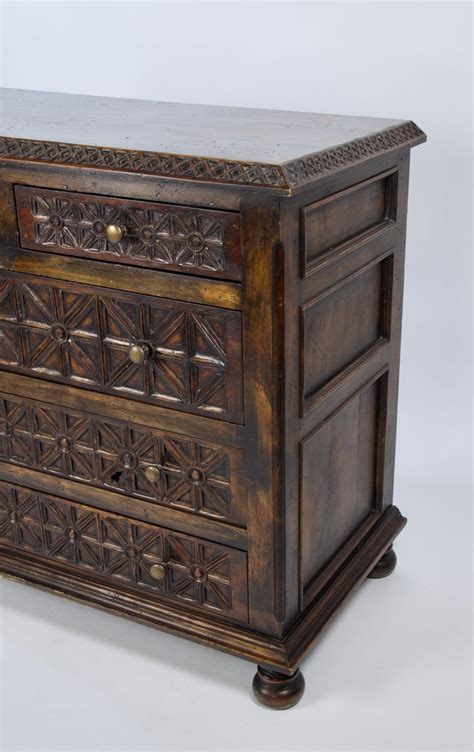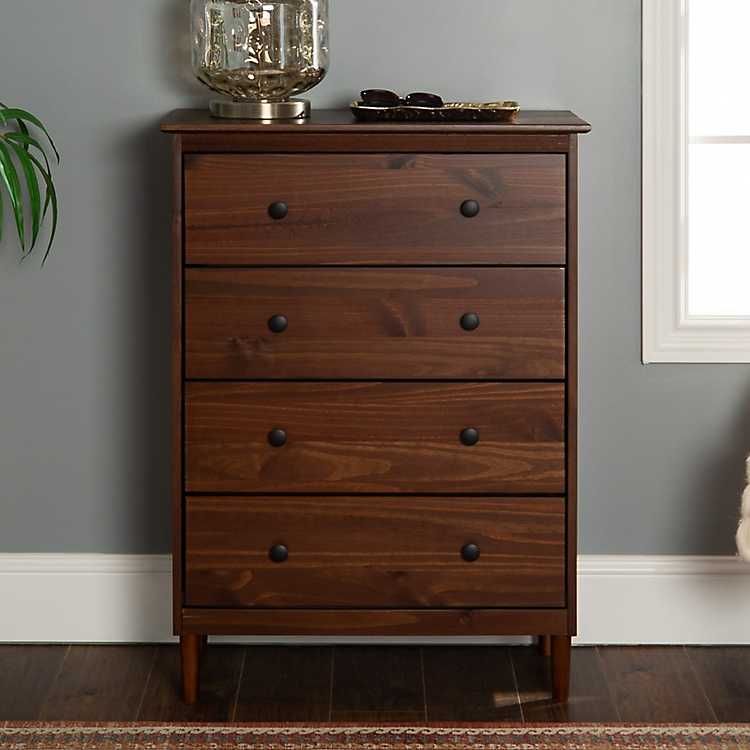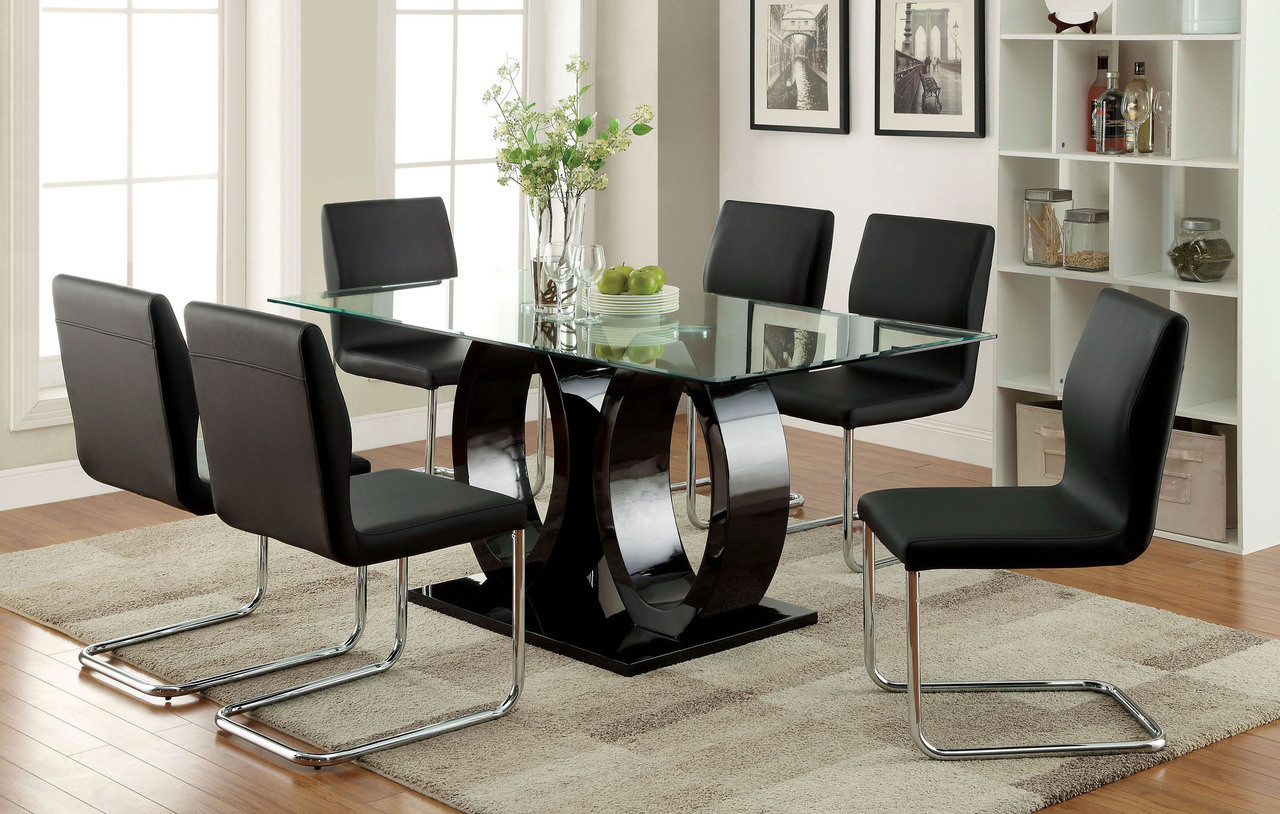In a world increasingly dominated by mass production and digital convenience, the art of craftsmanship holds a unique and revered place. Among the myriad of handcrafted furniture, the hand-carved chest of drawers stands out as a testament to the skill, dedication, and artistry of the craftsman. This article explores the intricate process of creating these exquisite pieces, the historical significance of craftsmanship, and the enduring appeal of hand-carved furniture in contemporary society.
The Essence of Craftsmanship
Craftsmanship is defined by the quality of work and the skill involved in creating an item. It is a blend of tradition, technique, and artistry that transforms raw materials into functional and aesthetically pleasing objects. In furniture making, craftsmanship is particularly significant, as it not only pertains to the durability and functionality of the piece but also to its beauty and uniqueness.
Historical Context
The tradition of hand-carving furniture can be traced back centuries, with roots in various cultures around the globe. Historical styles such as Baroque, Rococo, and Arts and Crafts have all contributed to the evolution of furniture design. Each style reflects the values and aesthetics of its time, showcasing the skills of artisans who dedicated their lives to perfecting their craft.
- Baroque (17th Century): Characterized by opulence and grandeur, Baroque furniture often featured intricate carvings and elaborate ornamentation.
- Rococo (18th Century): A reaction to the Baroque style, Rococo introduced lighter, more whimsical designs, with an emphasis on asymmetry and natural forms.
- Arts and Crafts Movement (19th Century): This movement celebrated handcrafted items, emphasizing the importance of quality materials and traditional techniques.
The Process of Creating a Hand-Carved Chest of Drawers
Creating a hand-carved chest of drawers involves several meticulous steps, each requiring a unique set of skills and tools. This process can take weeks or even months, depending on the complexity and size of the piece.
1. Design and Planning
The first step in creating a chest of drawers is the design phase. Craftsmen often start with sketches and models, considering the dimensions, style, and functionality of the piece. This phase is crucial as it sets the foundation for the entire project.
2. Selection of Materials
The choice of wood is paramount in the creation of a hand-carved chest of drawers. Popular choices include:
- Oak: Known for its strength and durability, oak has a distinctive grain that adds character to the piece.
- Cherry: This wood darkens beautifully with age, providing a rich color that enhances the aesthetic appeal.
- Walnut: Renowned for its rich tones and intricate grain patterns, walnut is often favored for high-end furniture.
3. Carving Techniques
Once the materials are selected, the actual carving begins. Craftsmen use various tools, including chisels, gouges, and knives, to bring their designs to life. Some popular carving techniques include:
- Relief Carving: This technique involves carving an image into the surface of the wood, creating a three-dimensional effect.
- In-the-Round Carving: In this method, sculptures are fully three-dimensional, allowing for a more dynamic representation.
- Chip Carving: This involves removing small chips of wood to create intricate patterns and designs.
4. Assembly and Finishing
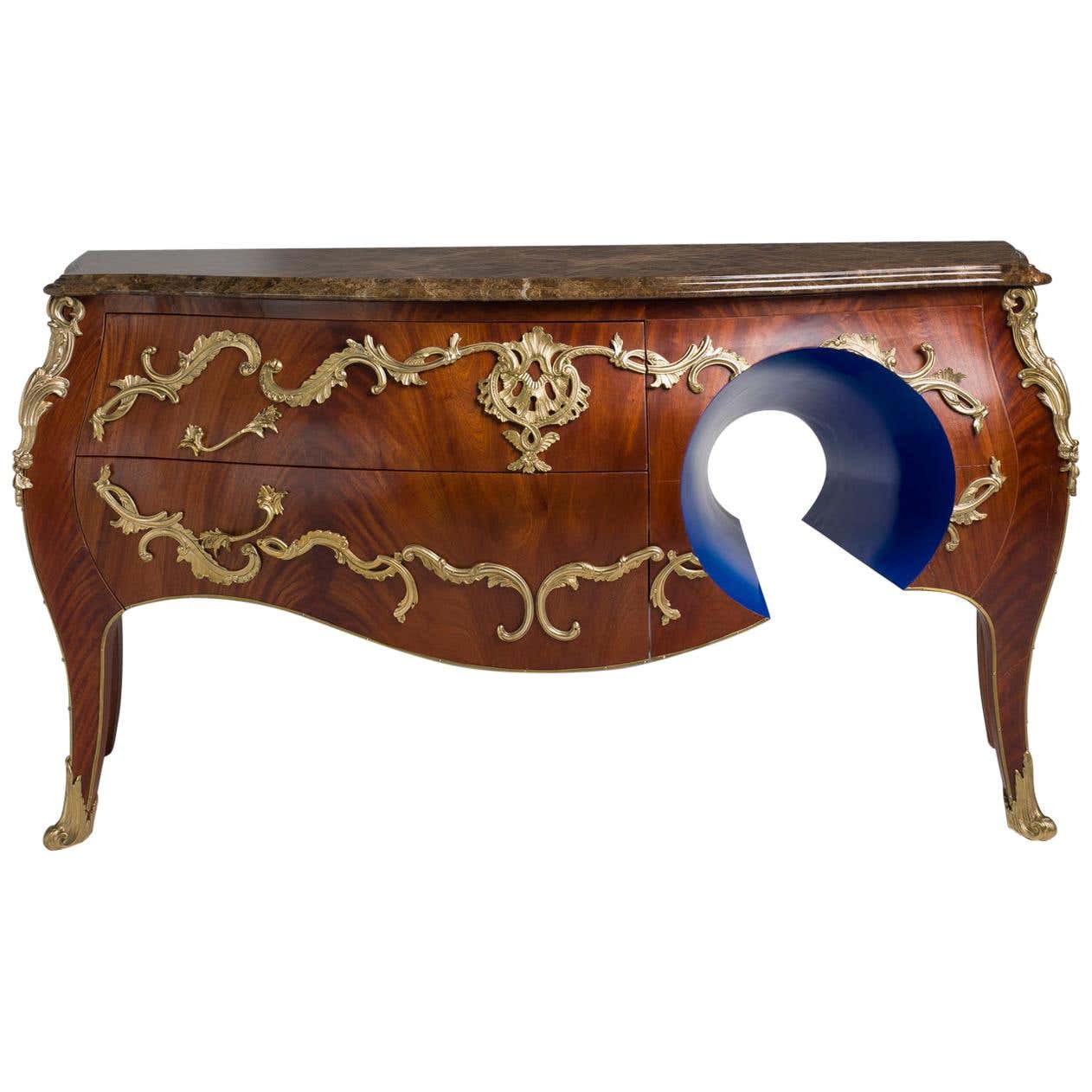
After the carving is complete, the individual components are assembled. This includes attaching the drawers, applying hinges, and ensuring that the piece is structurally sound. Finishing touches, such as sanding and applying stains or varnishes, enhance the wood’s natural beauty and provide protection.
The Appeal of Hand-Carved Furniture Today
In an era where mass-produced furniture is easily accessible and affordable, hand-carved chest of drawers continue to captivate consumers. The appeal lies in several key factors:
1. Uniqueness and Personalization
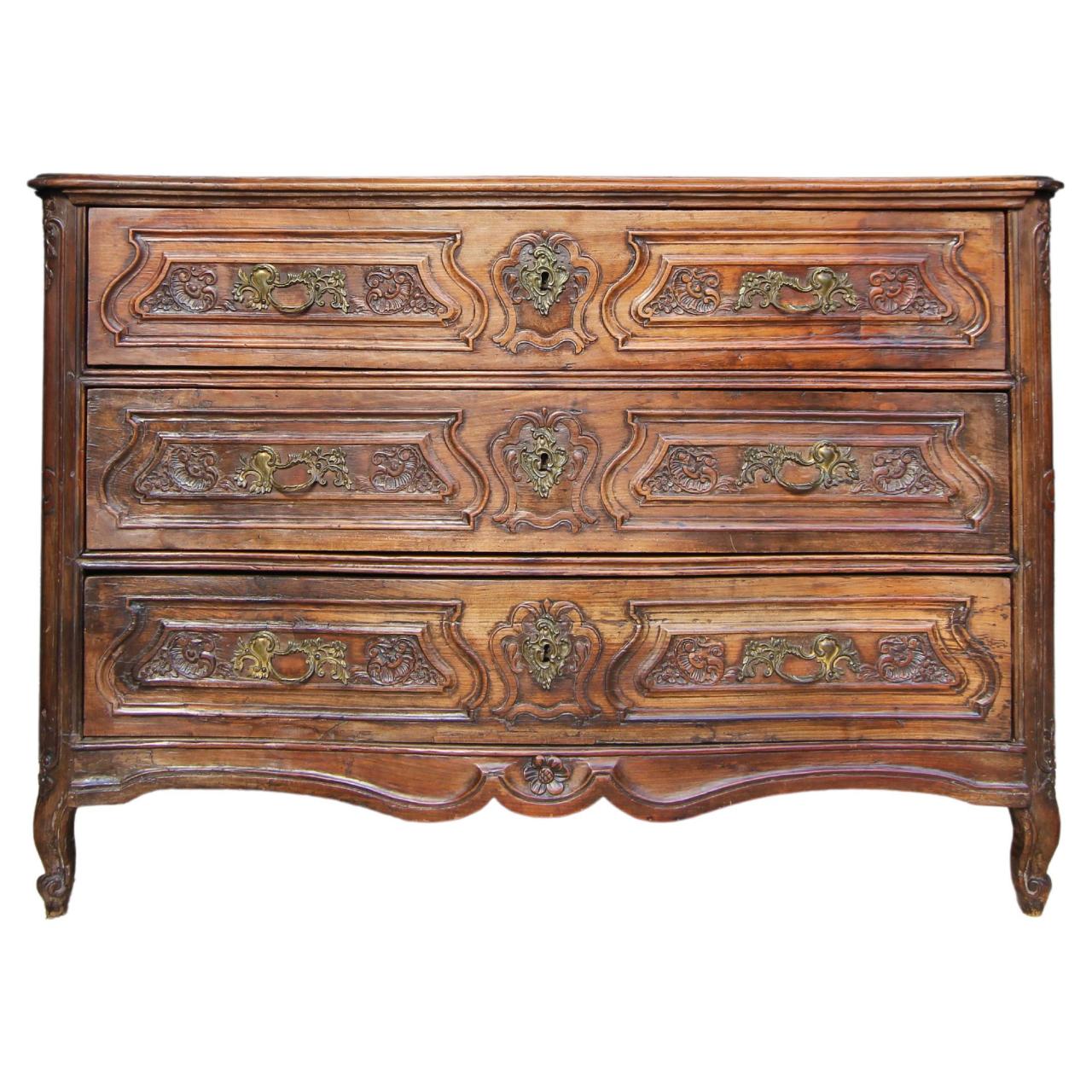
Each piece of hand-carved furniture is unique. Craftsmen often incorporate personal touches based on customer requests, making each chest of drawers a one-of-a-kind item. This personalization adds sentimental value and allows homeowners to express their individuality.
2. Quality and Durability
Hand-carved chests of drawers are built to last. The attention to detail and quality of materials used in their creation ensure that they withstand the test of time. According to a study by the American Society of Furniture Designers, handcrafted furniture can last up to three times longer than mass-produced alternatives.
3. A Sustainable Choice
As awareness of environmental issues grows, many consumers are seeking sustainable options. Handcrafted furniture often uses locally-sourced materials and traditional techniques, which tend to have a lower carbon footprint compared to mass-produced items.
4. A Connection to Tradition
Investing in hand-carved furniture is also an investment in tradition. By choosing artisanal pieces, consumers support local craftspeople and keep traditional skills alive. This connection to craftsmanship fosters a deeper appreciation for the art of making furniture.
Case Studies: Successful Craftsmen in the Field
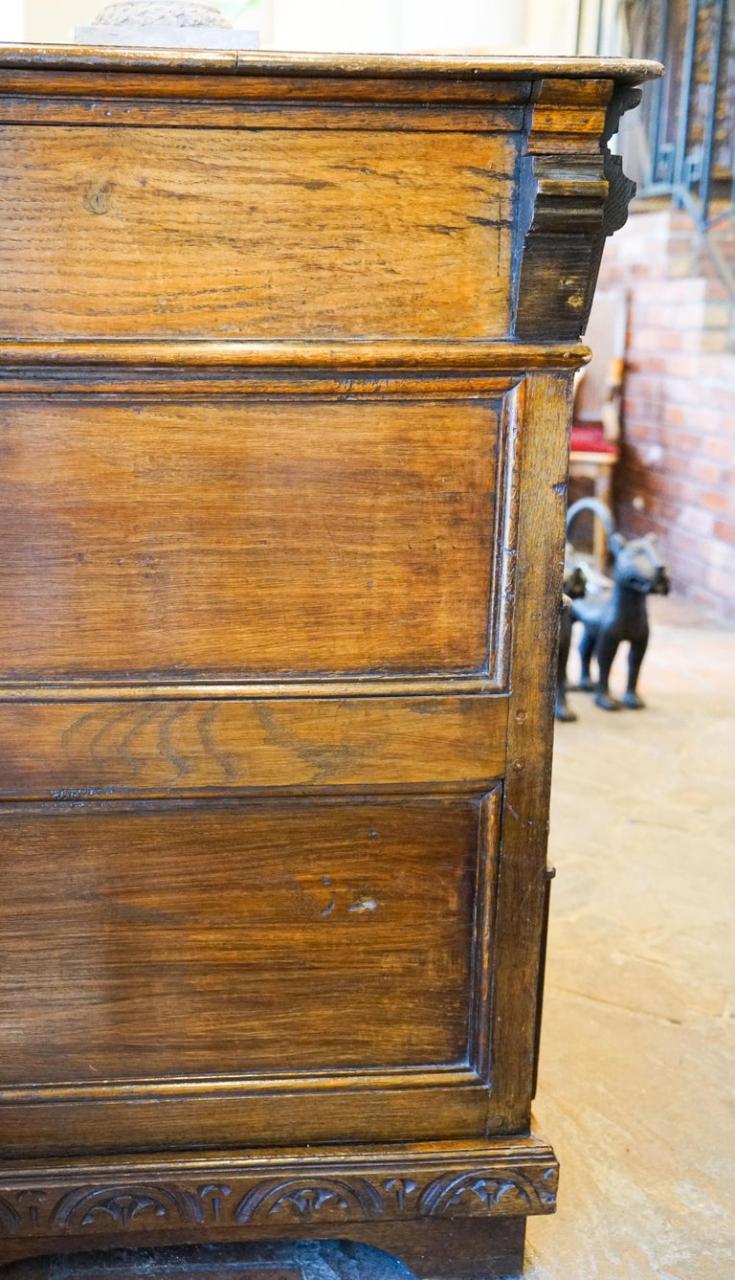
Several artisans have made significant contributions to the field of hand-carved furniture, showcasing the skill and dedication involved in their craft.
1. Thomas Moser
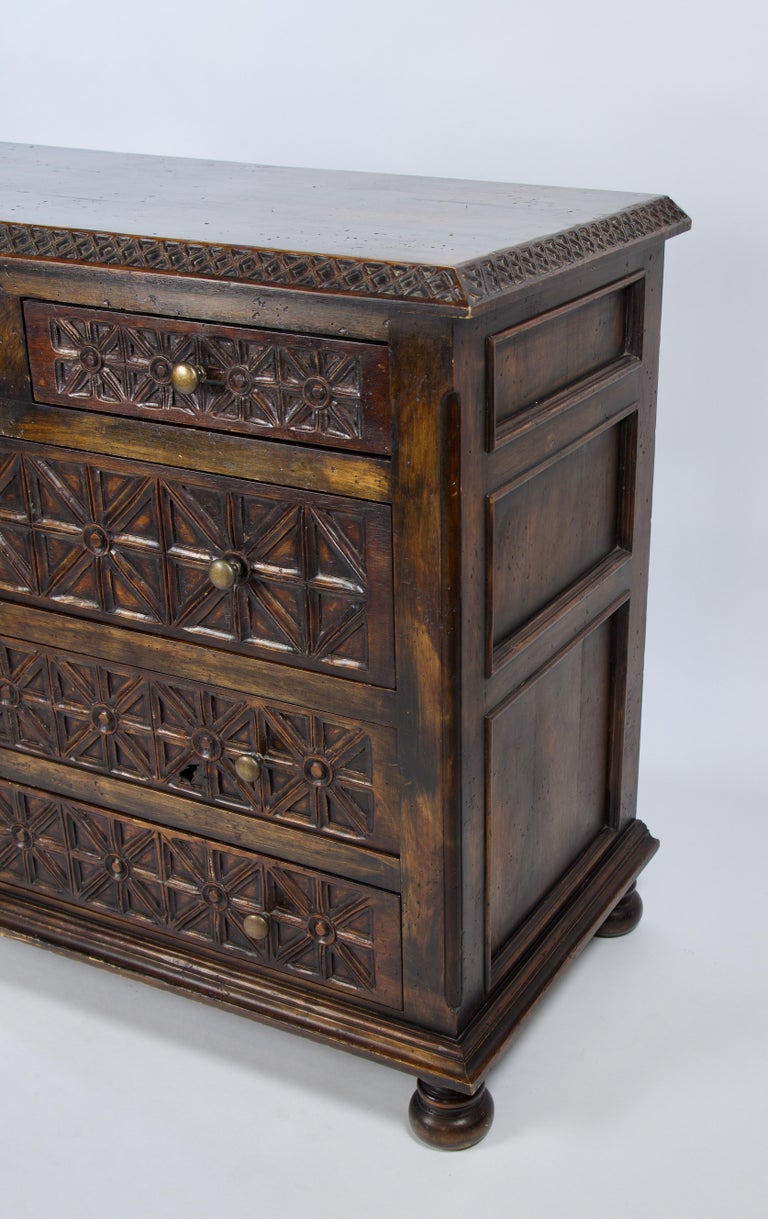
Founded in 1972, Thomas Moser Furniture is known for its high-quality, handcrafted pieces. The company emphasizes the use of traditional techniques and sustainable materials. Their chests of drawers are celebrated for their elegant designs and impeccable craftsmanship.
2. David T. Smith
David T. Smith is a contemporary craftsman known for his unique approach to furniture design. His work often blends traditional carving techniques with modern aesthetics, resulting in stunning pieces that appeal to a wide range of consumers.
Statistics on Handcrafted Furniture
The resurgence of interest in handcrafted furniture can be seen through various statistics:
- According to a survey by the Furniture Today magazine, 57% of consumers expressed a preference for handcrafted furniture over mass-produced items.
- The global market for handcrafted furniture is projected to reach $25 billion by 2025, indicating a growing demand for artisanal pieces.
- Craftsmanship-related workshops and classes have seen a 30% increase in enrollment over the past five years, reflecting a renewed interest in traditional skills.
The art of craftsmanship, particularly in the creation of hand-carved chests of drawers, represents a beautiful marriage of tradition, skill, and artistic expression. As consumers increasingly seek unique, durable, and sustainable furniture, the appeal of handcrafted pieces continues to grow. By understanding the intricate process involved in their creation and the historical significance of craftsmanship, we can appreciate the value of these stunning works of art. Investing in hand-carved furniture not only enhances the beauty of our living spaces but also supports the artisans who dedicate their lives to preserving the rich history of craftsmanship.
